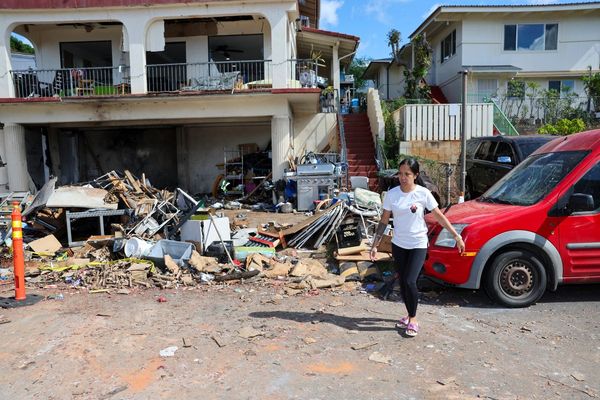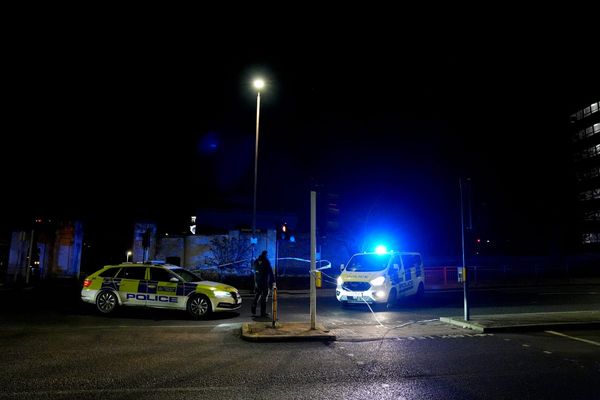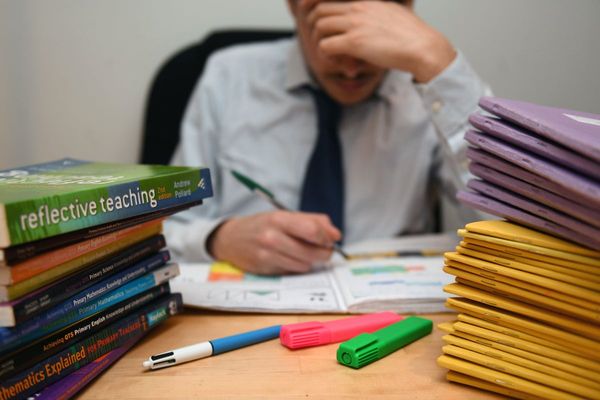
A chubby frog, eight kinds of crayfish and a river fish with no scientific description have been added to the growing list of threatened native wildlife.
As the nation tackles its worst bushfire season since the 2019 Black Summer blazes, the federal government has announced more than 20 new or upgraded additions to the 1700-strong list of species and plants threatened or at risk of extinction.
Environment Minister Tanya Plibersek said previous fires had pushed species to the brink.
"As the weather turns hot and dry again, we're acting to give our wildlife a better chance during the next bushfire season," she said.
"Preparing now will help us save more endangered animals and plants if fires break out."
The new or upgraded listings include 10 plants, eight crayfish, three mammals, three fish and one frog.
Five of the 17 new additions jumped straight to the highest level of concern with the Tianjara crayfish and the Hunter Upland Galaxias now labelled as critically endangered.

The colourful crayfish is only found in restricted freshwater habitats and is highly susceptible to large-scale threats such as the plague and invasive species.
The Hunter Upland Galaxias is not scientifically described and is only found in seven parts of the Hunter River catchment.
Also susceptible to invasive species and pathogens, the fish is critically endangered because of declines in biodiversity caused by fires and climate change.
Martin's toadlet, a small black frog with splashes of yellow, went from being unlisted to being labelled endangered after its population decreased by 50 per cent across 13 years.
It is also threatened by drought and fire.
The Kowari - a brushy-tailed marsupial with an impish face found in Queensland and South Australia - has been upgraded to endangered after facing habitat loss, climate change impacts and insecticide poisoning.
The broad-toothed rat from Victoria is threatened by predators, climate change and fragmented population effects, resulting in the pom-pom of a rodent being listed as endangered.
The government has invested $13.2 million to help protect native plants, animals and agricultural land from bushfires and other natural disasters ahead of a forecast hot and dry summer.
More than a hundred species have been provided new protections following an assessment of the impact of the Black Summer bushfires.
Ms Plibersek said the commonwealth needed to work more closely with state, territory and local governments to ensure environmental protection laws were properly carried out.
Housing developers also needed to play a role in ensuring new homes were not coming at the cost of threatened species, she said.
"(We need to make sure) if we're going to build housing, we're still protecting the most important areas and we're also doing things like planting new wildlife corridors to connect up bits of remnant bushland," she told ABC Radio on Wednesday.
"We need to have better laws, but we also need to send a strong message to developers to say nobody wants to live in hot, baking dry, new developments.
"You do better with developing places where people want to live ... where they can see mature trees left in places, where they can see areas of natural bushland remaining."







